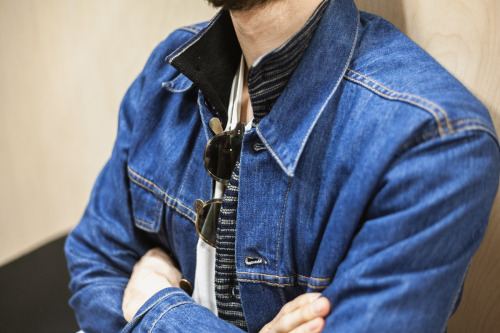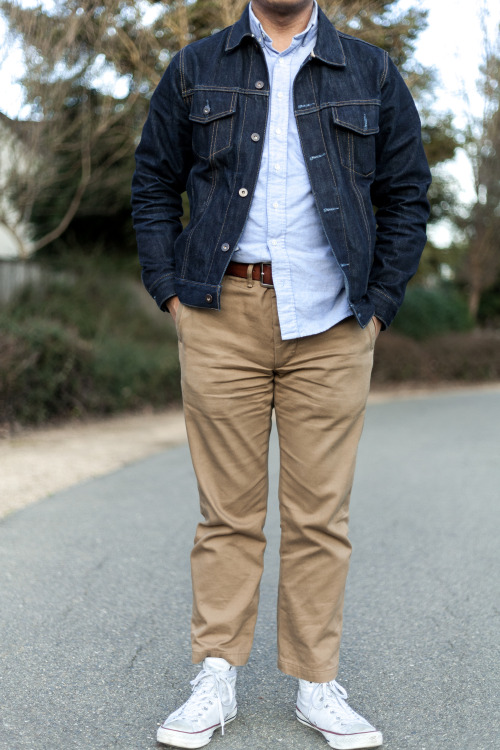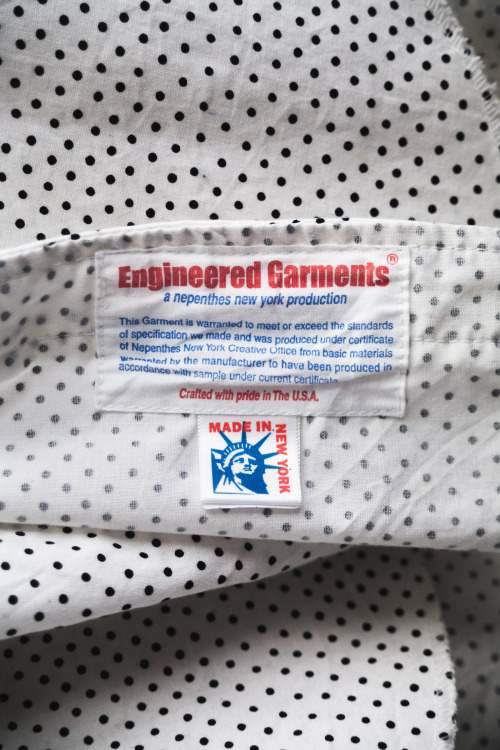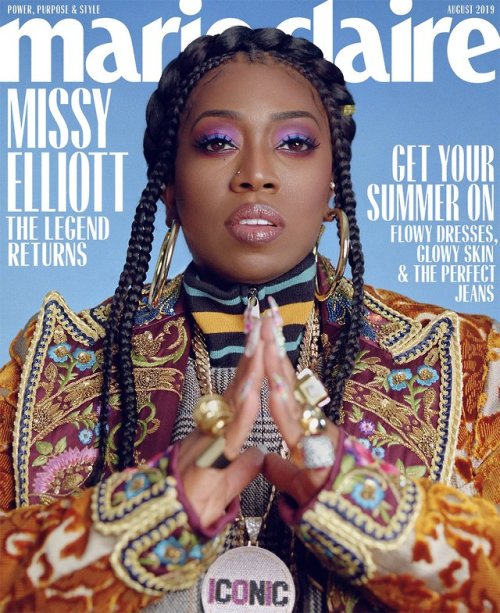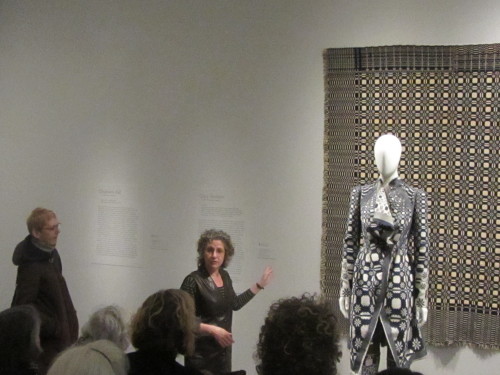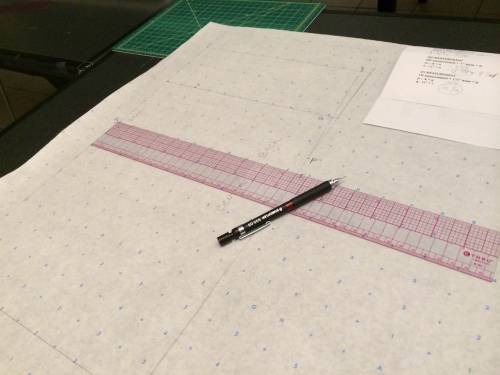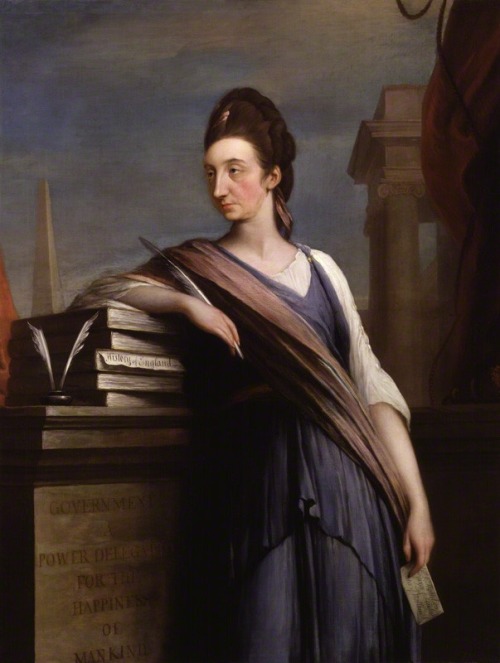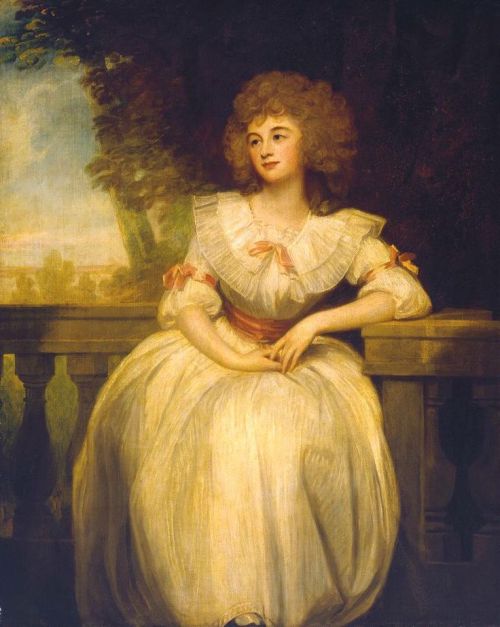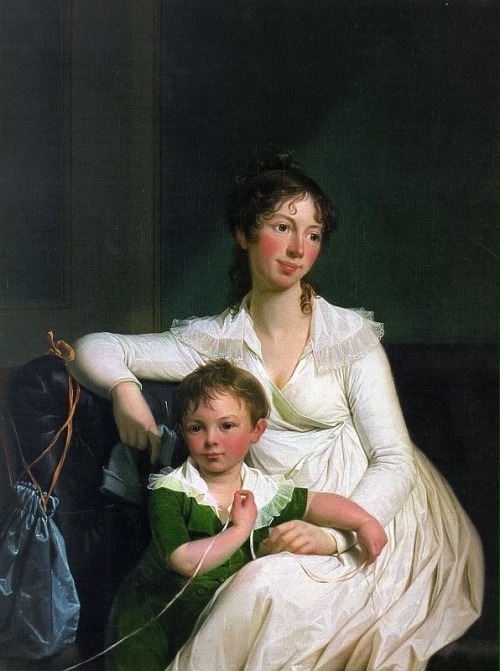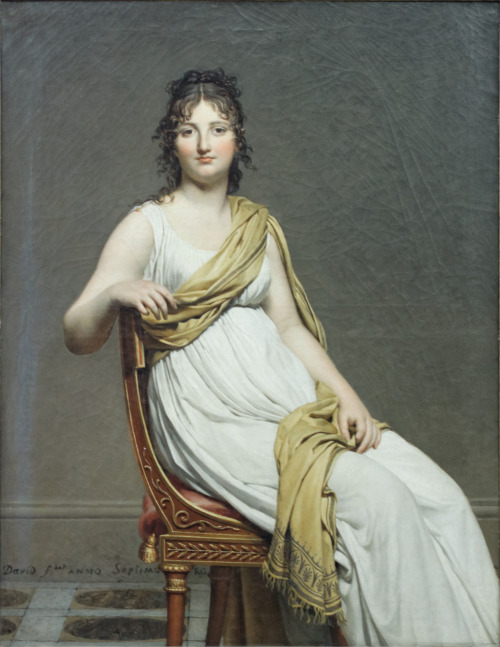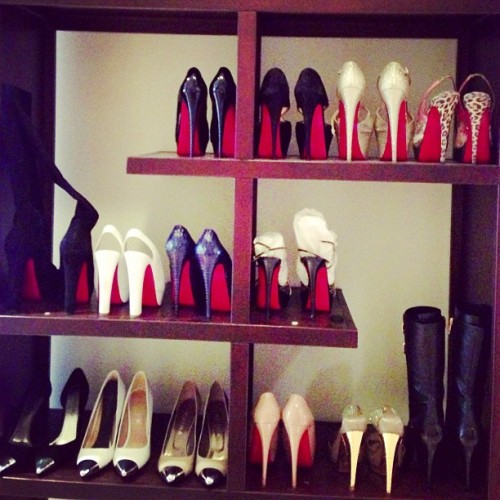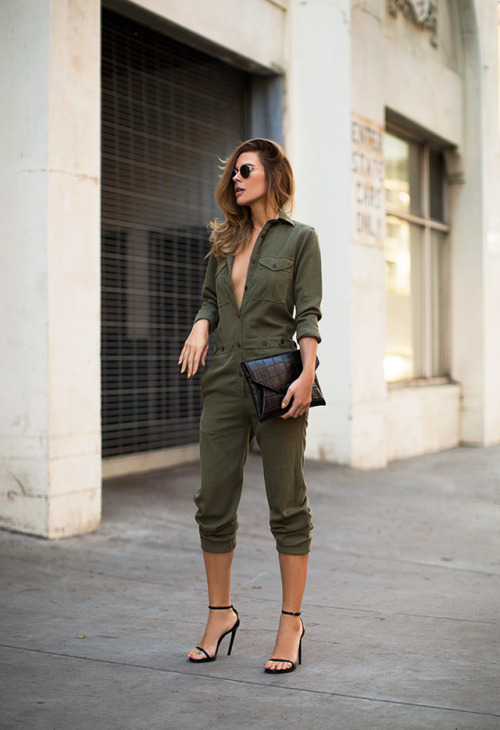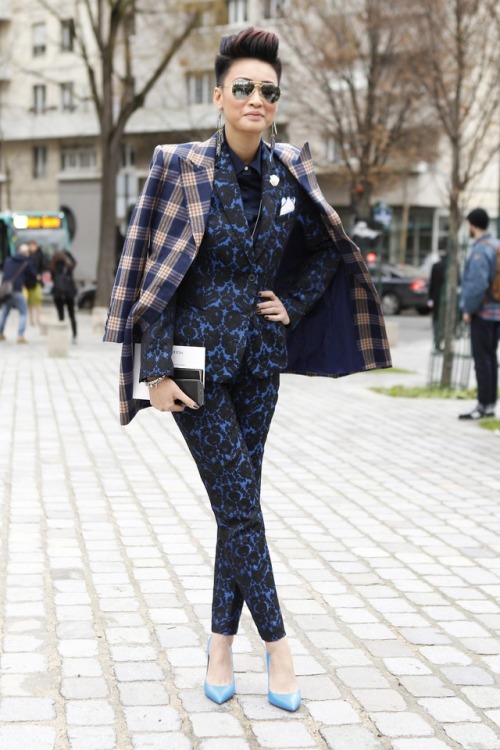#fashion
Excited to go to Las Vegas this week for all the menswear trade shows! Also honored to be a part of the #bloggerPROJECT with some other cool dudes. If anyone else is there, say what’s up! I’ll also be there on assignment with rawrdenim
Jacket:tellason
Shirt: Taylor Stitch
Chinos: RRL
Shoes: Chucks
Hank: Vintage Color Fast
Post link
Several animal carvings from New Mexico are now on view at the museum and serve as inspiration for the ensembles created for Folk Couture by designers Yeohlee Teng and Jean Yu. Learn more about these carvings in the article from the summer 1991 issue of The Clarion.
Post link
Curatorial tour of Folk Couture with Stacy C. Hollander, deputy director for curatorial affairs, chief curator, and director of exhibitions at the American Folk Art Museum, March 14, 2014
Post link
Curatorial tour of Folk Couture with Stacy C. Hollander, deputy director for curatorial affairs, chief curator, and director of exhibitions at the American Folk Art Museum, March 14, 2014
Post link
Teen docent class, American Folk Art Museum, February 3, 2014. The Teen Docent Program at the American Folk Art Museum teaches NYC high school juniors and seniors about the museum’s collection, special exhibitions, and careers in the arts.
Photo by Christine Wise at fotobetty.com
Post link
Teen docent class, American Folk Art Museum, February 3, 2014. The Teen Docent Program at the American Folk Art Museum teaches NYC high school juniors and seniors about the museum’s collection, special exhibitions, and careers in the arts.
Photo by Christine Wise at fotobetty.com
Post link
Time for FRIDAY FASHION FACT! I mention the French Revolution in these posts all the time. A few months ago, I discussed why this war (and others) had such a huge impact on fashion (read here.) Now I’m going to delve a little deeper, and discuss how exactly fashion morphed in the years leading up to and following the French Revolution.
There are many misconceptions surrounding this tumultuous era. Many people believe that when the monarchy fell, the extreme opulence fell simultaneously. They think that women quickly switched to simple classical gowns because Napoleon introduced the style. Of course, much of this misunderstanding has to do with a lack of knowledge of French history. As I stated in the post referenced above, dramatic changes in fashion do not happen overnight. The Revolution began in 1789, and Napoleon did not become Emperor until 1804. By the time he gained the title, women were already wearing the simplistic classical styles. In fact, the peak of the simplicity occurred right before Napoleon had a chance to become fully settled into his supreme role. So then how did this style come to be?
Classicism had actually been creeping its way into Western society for well over a century. The Renaissance brought a new-found appreciation and interest in Greek and Roman art and architecture. The Enlightenment, and the scholarly pursuits which accompanied it, were an added catalyst for widespread interest in these ancient cultures. Naturally, this interest was reflected in the art of the time. While myriad art forms were impacted, for our purposes, we’ll just talk about portraiture. Kings were depicted wearing the laurels of caesars. Women were depicted as goddesses and muses. Sometimes the classical inspiration was blatant, other times it was very subtle, such as a woman wearing soft chiton or toga-like drapery.
The first instances of neoclassical dress outside of portraits were in fancy dress. Characters from mythology were a common choice for masquerade costumes. Yet it was Marie Antoinette, who everyone thinks of as the Queen of Opulence, who in the early 1780s introduced simple, loose dress into everyday fashion with the chemise a la reine (which I previously wrote about here.) However, the classicism was taken to another level during the Directoire Era- aka, the years following the Revolution (ca. 1795-99.) Without getting into a whole history lesson, this was when France was run by a (incredibly unsuccessful) Republic, which was inspired by the governments of ancient Greece and Rome. This classical inspiration saturated French culture in many ways, but particularly the arts and fashion. Dresses became incredibly simplistic, typically cotton gowns with next to no tailoring and minimal embellishment, inspired by the pristine marble sculptures from ancient Rome. And as we all know, if the French wore a style, the rest of the Western world did, too.
Around the year 1800, when the French government was changing hands and incredibly unstable, fashion reached the apex of simplicity. The French fashion industry, along with the rest of the economy, had taken a nosedive. Additionally, times of social turmoil often result in simplistic fashion, as style seems to be frivolous when such important issues are at hand. Shortly after the turn of the 19th Century, though, when Napoleon took over and introduced a stable Empire to France, embellishment and opulence began to make its way back into fashion. That, though, is another post for another day.
Have a question about fashion history that you want answered in the next FRIDAY FASHION FACT? Just click the ASK button at the top of the page!
Post link
Esther Quek
shirt,black,womenswear,sunglasses,business style,business fashion,blue,jacket,womens fashion,heels,fall 2014,office chic,tartan,workwear,chic,business casual,woman,business woman,business attire,classy,elegance,elegant,style,lady,suit,esther quek,fashion,print,womens suit,blazer
fromHeelsFetishism
Post link

